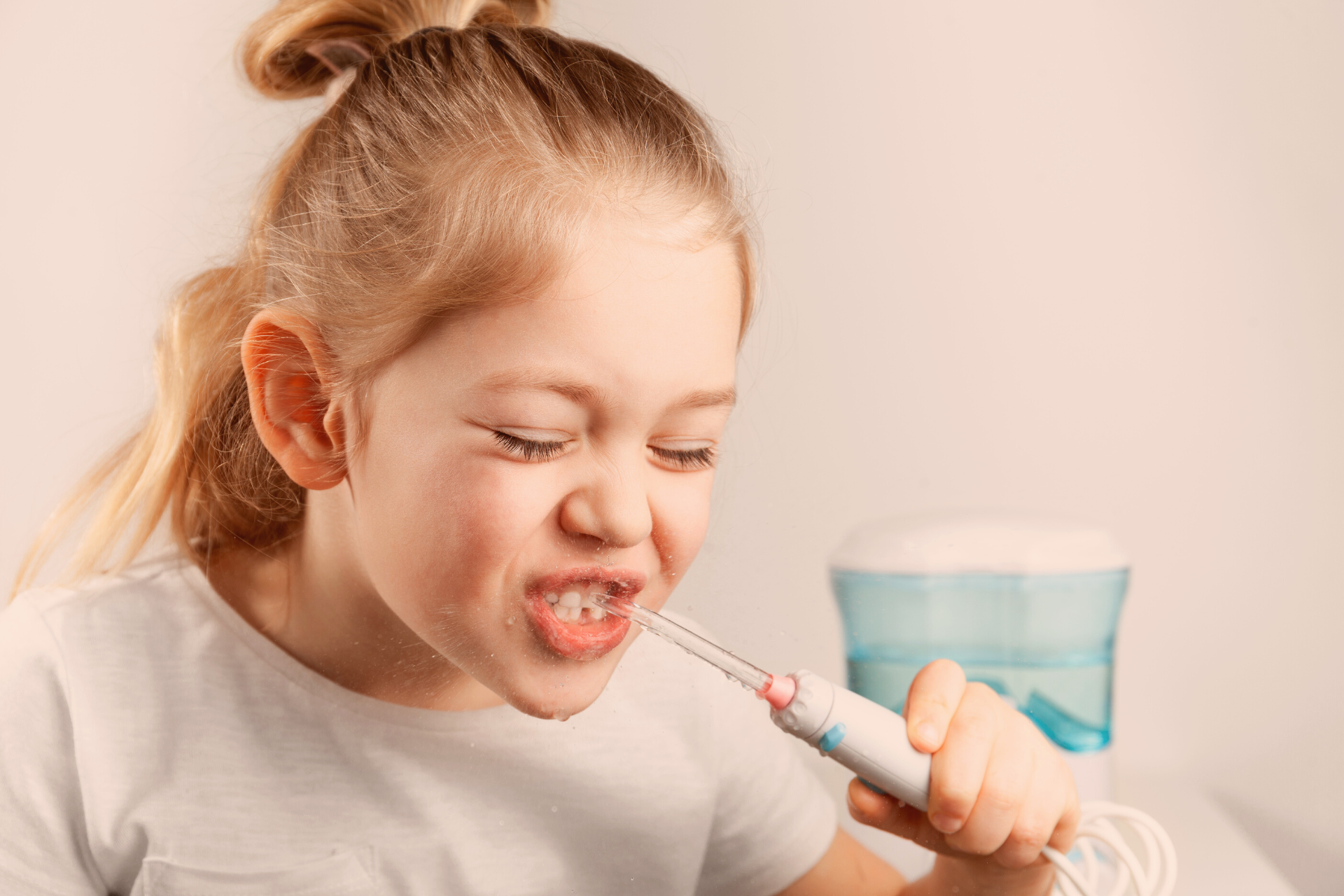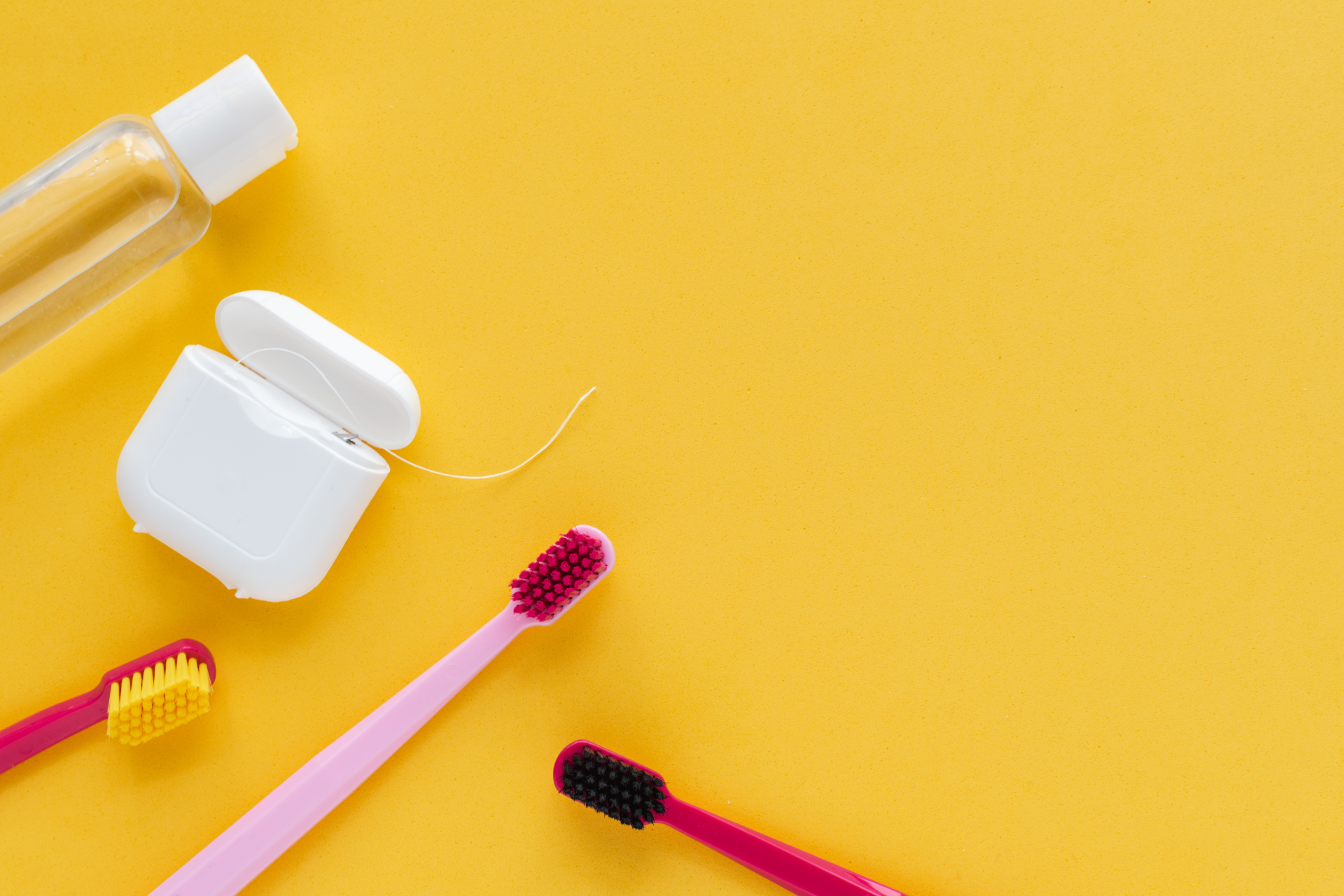What is the Best Flossing Method for Kids and Teens?

From our very first dentist appointment as kids, we hear about how important it is to floss your teeth properly for awesome dental health – but how many of us learn (and remember) the best way to floss?
If you’re like most Americans, you know how important it is to floss properly to keep teeth and gums healthy, but you might not be sure about the best way to floss correctly. Well, good news for you and your little one’s smile!
S’more Smiles is here to help out with a quick, fun-filled blog about proper flossing (along with a few extra tidbits, like what dental floss to choose and why it’s so important!
How to Floss: Make Daily Flossing Easier by Doing It Right
Whether you’re using traditional dental floss, dental picks, or floss threaders, proper technique is vital for making sure that the floss reaches everywhere that it’s supposed to. But what does good flossing twice a day look like?
Let’s check out the instructions for string flossing with traditional floss. Most dentists recommend the following steps:
-
Secure 18 to 20 inches of traditional string floss between both of your middle fingers. You’ll want to leave a few inches running between each middle finger to do the dental work!
-
Holding the floss tightly between your index fingers and thumbs, place the floss between two teeth and slide it up and down each tooth (be careful to reach the back of the teeth, too).
-
Gently slide the floss under your gums with a C-shape, making sure not to dig into them. Hurray for preventing periodontal disease!
-
Always use new floss between your teeth. When you’re done, make sure to throw out the used floss! The American Dental Association recommends never reusing floss.

Choosing Dental Floss for Healthy Teeth
There are several types of floss and floss holders. Choosing the right kind depends on what’s easiest for you and whether you have braces.
Floss Picks – Dental picks are tools that have a small section of string and a flexible plastic tip for easy teeth cleaning. They can be used as regular floss or for dislodging stuff on the go. These are also called orthodontic flossers.
Interdental Brushes – Want to get between teeth but don’t want to bother with string? These tiny brushes clean your teeth without requiring as much work to maneuver between teeth. However, these are disposable and tend to cost a little more than the regular stuff.
Water Flossing – These oral irrigators use a thin stream of pressurized water to dislodge plaque and particles between teeth. An electric flosser/water flosser can’t clean teeth quite as effectively as string but can be a great alternative for people who have difficulty or find floss to be painful.
Why is Flossing SO Important? Gum Line & Dental Benefits
Good oral health starts with cleaning tooth surfaces with daily brushing. But what about removing plaque stuck between your teeth? That’s where other tools (flossing products!) come into play.
Frequent Flossing Fights Gum Disease & Tooth Decay!
String floss, monofilament floss, floss pick tools, pre-threaded flossers, air flossers, water flossers, and dental tape are designed to remove plaque and clean between one tooth and another. Getting the gunk that’s trapped in the tight spaces between teeth and under the gum tissue requires flossing!
What all does regular floss time do? Here’s a quick list:
-
Prevents developing gum disease and bleeding gums.
-
Makes your gum line lie flat and looks better.
-
Eliminates food debris and sticky-film plaque in hard-to-reach spots.
-
Gently remove harmful bacteria that cause cavities and bad breath.
Remove food particles and plaque with brushing and flossing to keep teeth looking and feeling great!


Recent Comments